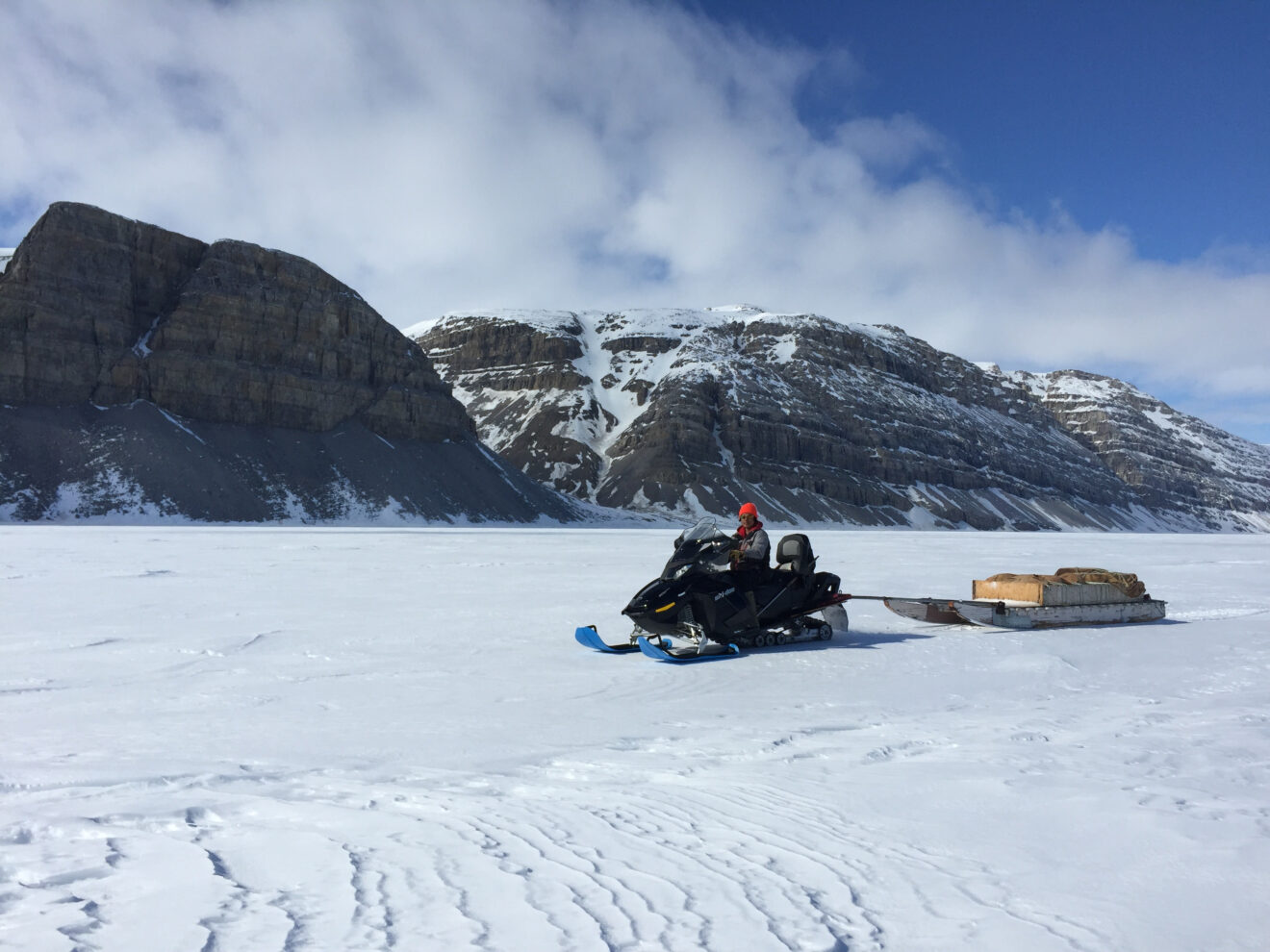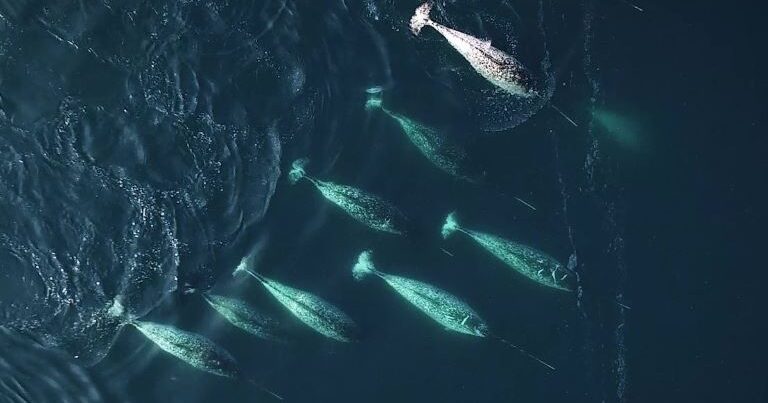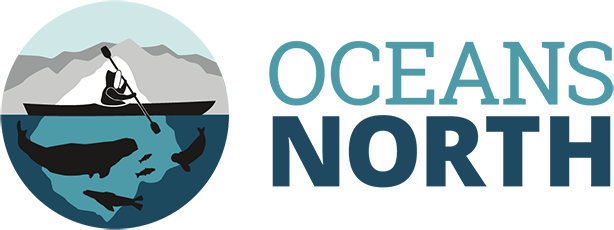Tallurutiup Imanga Agreement Will Create Arctic’s Largest Marine Protected Area
Tallurutiup Imanga Agreement Will Create Arctic’s Largest Marine Protected Area
Christopher Debicki | December 4, 2018
This agreement is one of the final steps in the creation of Canada’s largest protected ocean habitat, an accomplishment of national and global significance.
The agreement in principle for the creation of Tallurutiup Imanga National Marine Conservation Area announced today marks an historic achievement for Inuit in the High Arctic and for their leadership in the Qikiqtani Inuit Association. This agreement is one of the final steps in the creation of Canada’s largest protected ocean habitat, an accomplishment of national and global significance. Tallurutiup Imanga will be the largest marine protected area in the Arctic and one of the largest in the world.
But it is so much more than that. The agreement also signals a new way of doing marine protection. Propelled by an emphasis from Inuit that Tallurutiup Imanga is a peopled place, this approach puts an enormous emphasis (and investment) on the long-term business of local caretaking – which foregrounds human’s dependency on a clean environment.
The abundance of marine life that makes this region so unique has in turn fostered a remarkable and resilient culture along its shores. For those who live there, and for visitors as well, it is also clear that some families are struggling during this time of transitions, dislocation and threats to identity and well-being. The time I have spent in this area, in tents, on boats, in cabins and communities has left me with a strong belief. The families that are thriving are those still connected to the land and sea, families who continue to harvest and interact deeply with the natural world, whose activities follow the pattern of the seasons and the waves of marine mammal migrations that pass through these waters.

Image – Pond Inlet resident traveling over sea ice to assist in narwhal acoustic monitoring in Tallurutiup Imanga.
Credit – Kristin Westdal
The announcement of this new national marine conservation area is, of course, just the beginning. The agreement will create a large number of monitoring jobs in adjacent communities. These jobs, we hope, will do much to support family connections to the natural environment. Critically, these jobs should help limit a growing barrier between Inuit and the land – the ever-increasing cost of equipment. These monitoring positions also hold great promise as work that rewards land skills that, while often a source of pride and respect in communities, don’t always pay the bills.
Conservation is often presented in terms of a trade-off: protect this habitat or open that area to resource extraction. Here the dichotomy is rejected. The caretakers of Tallurutiup Imanga will also need to navigate a relationship with a major iron ore mining enterprise that is already conducting intensive shipping through these waters and is presently planning for a massive expansion.

Image – A small pod of narwhal.
Credit – Build Films
The human need for healthy ecosystems is universal. Sadly, recognition of this need, and the efforts it takes to protect our ecosystems, is not. Here at least, the process of creating this national marine conservation area has been driven by a local consensus that this healthy, abundant, and spectacular ecosystem must be safeguarded from any and all short-term trade-offs.
Chris Debicki is vice president of policy development and legal counsel for Oceans North.
